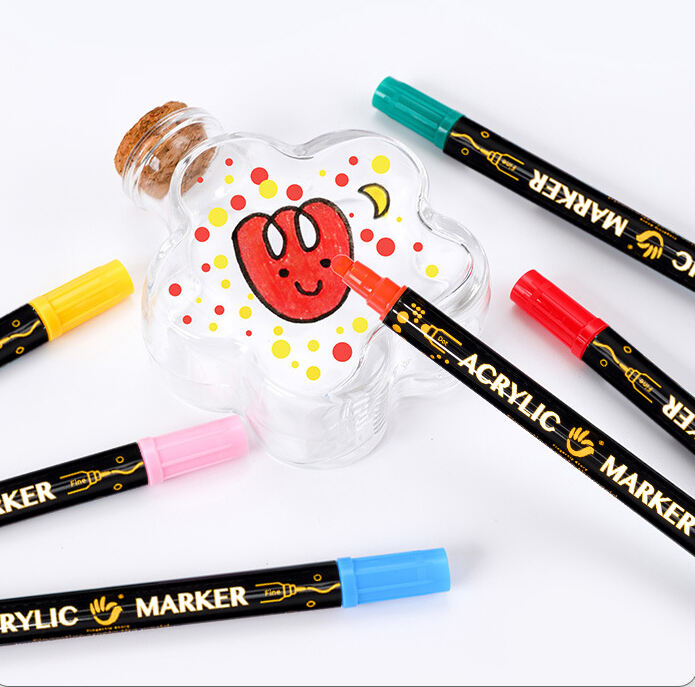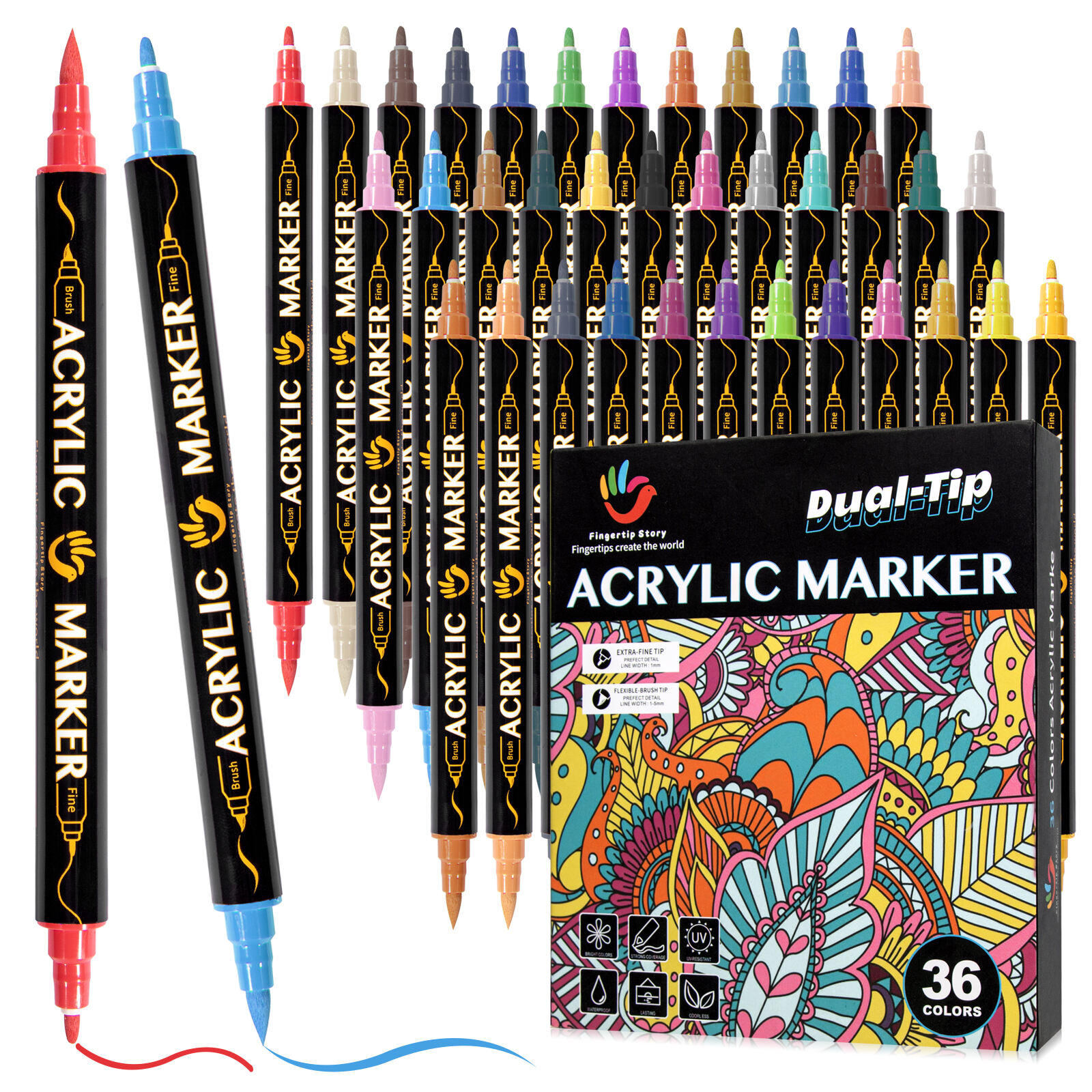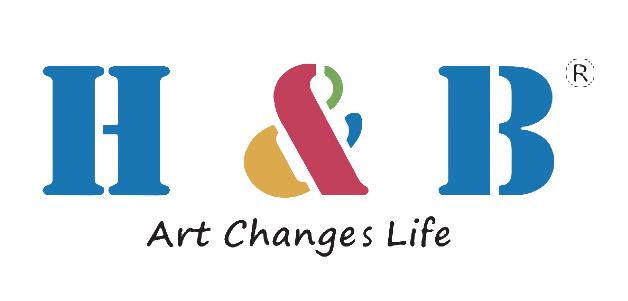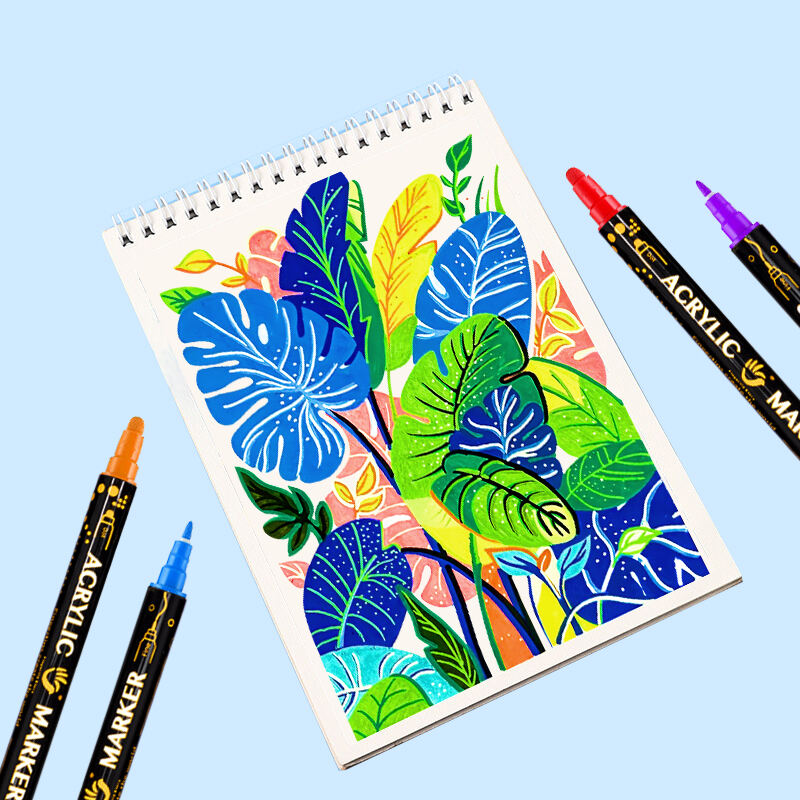Why Proper Drawing Pencil Maintenance Matters
Impact on Line Quality and Precision
Taking good care of drawing pencils makes a real difference in how lines look and feel when creating art. When pencils stay sharp, they create those crisp, flowing marks that professional artists need for detailed work and expressive pieces. Dull pencils just don't cut it though they leave behind jagged edges and inconsistent pressure across the paper surface. Many artists find their workflow gets disrupted when dealing with poorly maintained tools. The best artists know this from experience rather than theory they simply keep their pencils in top shape because it matters so much to the final result. Regular sharpening isn't just about aesthetics either it actually affects how well techniques like cross hatching or fine detailing turn out.
Long-Term Cost Savings
Spending some extra minutes looking after drawing pencils actually pays off over time when it comes to money saved. When someone takes care to properly sharpen them and handles them right, these little sticks last way longer than just tossing them aside after they get short. Some folks have done the math and found out that artists who look after their pencils instead of buying new ones all the time end up spending about 30 percent less each year on replacements. That kind of saving makes sense for anyone trying to be frugal while still creating great work. Plus, there's something satisfying about knowing those precious tools stay sharp and ready whenever inspiration strikes rather than constantly hunting down fresh supplies mid-project.
Preserving Artistic Consistency
Keeping drawing pencils in good shape really matters when trying to keep art looking consistent across different pieces. When lines stay about the same thickness and tones don't vary too much between artworks, this lets artists stick with what makes their work recognizable. Most artists find that regular sharpening and cleaning makes all the difference in developing their own unique look. The tools just need to act the way they expect them to every time. A simple routine of checking pencil points before starting a new sketch goes a long way toward making sure each piece turns out how it should. This kind of attention to detail actually boosts productivity because there's less frustration fixing mistakes later on, plus it frees up mental space for creative thinking instead of worrying about inconsistent marks.

Essential Sharpening Tools & Techniques
Single-Edge Razors vs. Traditional Sharpeners
Picking out the right way to sharpen drawing pencils really matters if someone wants them to last longer and perform better. A lot of artists swear by single edge razors because they let folks control exactly how sharp and at what angle the tip becomes, which makes all the difference when working on detailed sections of a piece. People who love creating fine lines often reach for this method first. Traditional pencil sharpeners are another option though. They're super easy to use and generally get the job done well enough for most regular drawing tasks. Sure, they give pretty consistent results but sometimes fall short when trying to create special shapes or angles that require something more customized. When making this decision, artists need to think about what kind of work they typically do. Some will find razor sharpening worth the extra effort while others stick with standard sharpeners simply because they save time during busy sessions. At the end of the day, it comes down to whether precision takes priority over speed in any given project.
Sandpaddle Sharpeners for Custom Points
What makes sandpaddle sharpeners stand out is their ability to let artists shape pencil points exactly how they want for different drawing methods. For folks who work with softer graphite leads, these sharpeners really shine because they give much better control so the lead doesn't snap as easily during use. The best part? They keep the lead longer while still getting a good sharp point, which means artists get more mileage out of each pencil when switching between sketching styles. Most artists find that using sandpaddle sharpeners keeps their pencils performing well over time, and many notice an improvement in the overall quality of their work thanks to those custom shaped points that just fit what they need for particular projects.
Maintaining Optimal Lead Length
Getting the right amount of lead sticking out from a drawing pencil makes all the difference when it comes to getting good results. Artists who check their pencils regularly avoid having to sharpen them too much, something that wastes both time and materials while shortening how long the pencil lasts overall. When pencils get too short they become real pain to handle, making it harder to draw comfortably over longer periods. Smart pencil management actually helps keep concentration levels high during those marathon sketching sessions, so the whole process flows better without constant interruptions. Proper lead maintenance means fewer frustrations throughout the day, allowing artists to produce better quality work simply because each stroke feels just right instead of fighting against a poorly maintained tool.
Smart Storage Solutions for Pencil Protection
Ideal Humidity and Temperature Conditions
Keeping pencils stored properly matters a lot if we want them to last and work well. The best place for them is somewhere where the temperature stays around 60 to 75 degrees Fahrenheit, and the air isn't too dry or damp either. We're talking about humidity levels somewhere between 40% and 60% here. These conditions help prevent the wooden part from bending out of shape while keeping the graphite inside intact so our pencils don't break easily when we need them most. Most artists know this already but it's worth remembering that putting pencils near heaters or in basements with musty air will shorten their life considerably. A simple drawer away from direct sunlight usually does wonders for preserving both the wood casing and those precious graphite cores inside drawing pencils.
Organizing by Hardness Grades
Sorting pencils based on their hardness levels makes a big difference when working on creative projects. When artists keep their pencils organized this way, they spend less time hunting around for the right one when they need something specific like detailed lines or dark shading effects. This kind of organization cuts down on interruptions while creating, so people stay focused on what matters most - the actual artwork. Putting everything in labeled containers or cases does more than just look neat too. It actually protects the pencils from getting broken and keeps all those art supplies from turning into a chaotic mess. Most artists will tell anyone who'll listen how much smoother their workflow becomes once they start categorizing their pencils properly.
Using Protective Cases and Rolls
Getting good protective cases and rolls makes sense if someone wants their drawing pencils to last longer without getting damaged. Pencil storage keeps those precious sticks safe from knocks, dampness, and all sorts of things in the environment that just plain ruin them over time. Artists love having portable options too since it means taking sketching supplies anywhere without worrying about losing or breaking anything important. Quality storage really cuts down on broken pencils while keeping everything organized properly. For anyone serious about art materials, proper protection isn't just nice to have it's practically essential when wanting drawing tools to stay sharp and usable for years instead of months.

Avoiding Environmental Damage: Moisture & Heat
How Humidity Warps Wood Casings
Wooden pencil cases don't handle high humidity very well at all. Too much moisture causes them to warp, which makes the pencils perform worse and feel uncomfortable in hand. Artists who try to draw with bent pencils often end up with inconsistent lines and sore hands after long sessions at their easel. What's worse, when there's too much dampness around, mold starts growing on the wood too, ruining the pencil completely and making drawing frustrating. That's why smart artists keep their pencils somewhere dry, maybe in a sealed container or drawer away from bathrooms and kitchens where humidity runs wild. Controlling the environment around pencils keeps them straight and functional for longer periods, something every serious artist knows is worth the effort.
Temperature Extremes and Graphite Integrity
Extreme temperatures really mess with drawing pencils, especially their graphite cores. When it gets too hot or too cold, pencils tend to break more easily and leave inconsistent marks on paper, which throws off the whole creative process. The graphite inside actually expands when warm and contracts when cold, making it behave differently each time an artist tries to work. That's why keeping pencils at room temperature makes such a difference for anyone serious about their art. Most experienced drawers know that graphite stays much better behaved when stored properly, giving those nice smooth lines needed for detailed work without constant frustration from broken leads or scratchy marks.
Best Practices for Climate Control
Artists who depend on their drawing implements know how crucial it is to keep pencils in good shape. A simple dehumidifier placed where pencils are stored makes all the difference, keeping moisture levels just right so pencils don't bend out of shape or grow mold between uses. Getting some sort of temperature control going in the studio area really matters too. Pencils left in hot spots tend to soften and break easily while those exposed to cold might become brittle. Checking on these conditions now and then keeps everything working properly. When artists have reliable materials at hand, they spend less time worrying about broken leads and more time creating amazing work that stands out from the crowd.
Cleaning Techniques for Pencils and Workspaces
Safely Removing Graphite Residue
Getting rid of graphite buildup on pencils matters a lot if we want them to last longer and keep our drawings looking sharp. Most artists find that using a soft brush specifically made for art supplies works wonders. Gently sweep across the pencil surface to lift off those stubborn bits without scratching anything. The brush method really extends how long these tools stay useful. When dealing with tougher spots, some folks swear by taking a microfiber cloth and giving it a quick soak in soapy water first. Wipe carefully along the pencil body to tackle those annoying marks while protecting both the wooden shell and inner graphite. Making time for this kind of maintenance every now and then makes all the difference. Clean pencils just perform better overall, which means fewer frustrating moments when trying to create detailed artwork day after day.
Eraser Maintenance for Optimal Performance
Keeping erasers in good condition makes all the difference when trying to get rid of pencil marks without leaving a mess. Artists should make sure their erasers stay clean and check them often for signs of wear and tear. When an eraser starts getting flat or crumbly, it's time for a replacement so drawings don't end up looking rough or incomplete. Storing erasers properly matters too since they tend to get rock hard if left in hot places or lose their softness over time. These simple habits mean artists can work with erasers that actually do what they're supposed to, which keeps both the paper intact and the finished piece looking professional.
Keeping Drawing Surfaces Smudge-Free
Keeping the workspace clean does more than just cut down on distractions it actually helps prevent those frustrating smudges that happen while drawing. When surfaces are wiped down properly with good quality cleaners, there's far less chance of grime getting transferred to finished pieces. Artists who make time for regular tidying up tend to find themselves more inspired too, since clutter can really stifle creative thinking. A workspace free from dust bunnies and fingerprints allows painters and drawers to concentrate better on what matters most their actual art creation process instead of constantly battling against messy conditions.
FAQ
Why is pencil maintenance important for artists?
Regular pencil maintenance ensures clean and smooth lines, helps preserve artistic consistency, and offers long-term cost savings for artists.
What are the recommended sharpening tools for drawing pencils?
Artists can choose between single-edge razors for precision or traditional sharpeners for convenience, depending on their drawing needs.
How does humidity affect wooden pencil casings?
High humidity can warp wooden casings and foster mold growth, affecting performance and comfort during use.
What are the best practices for storing drawing pencils?
Store pencils in environments between 60°F and 75°F with 40% to 60% humidity to prevent warping and damage.


